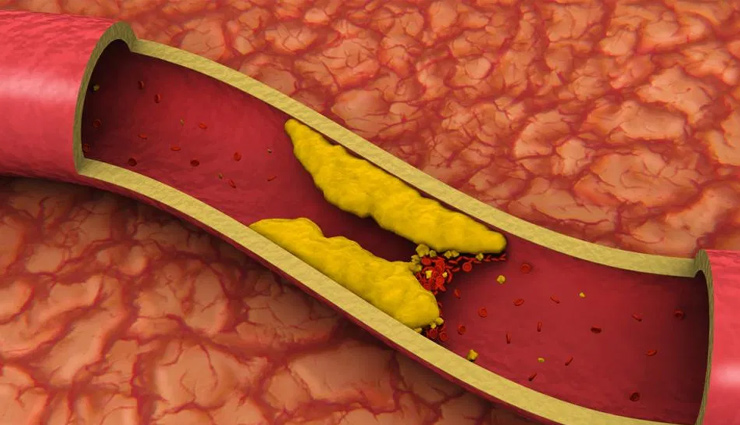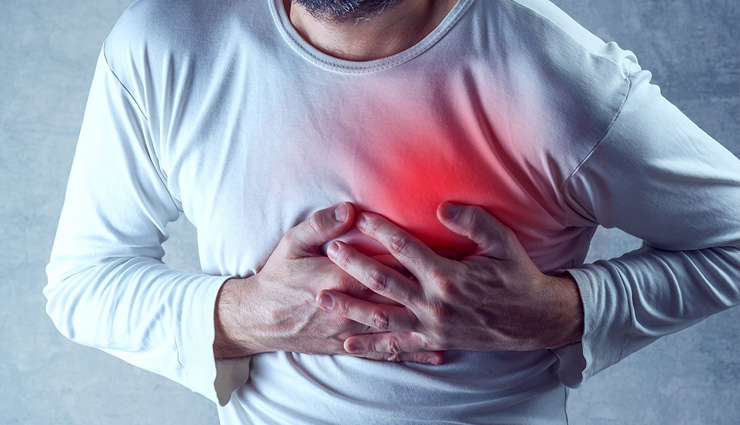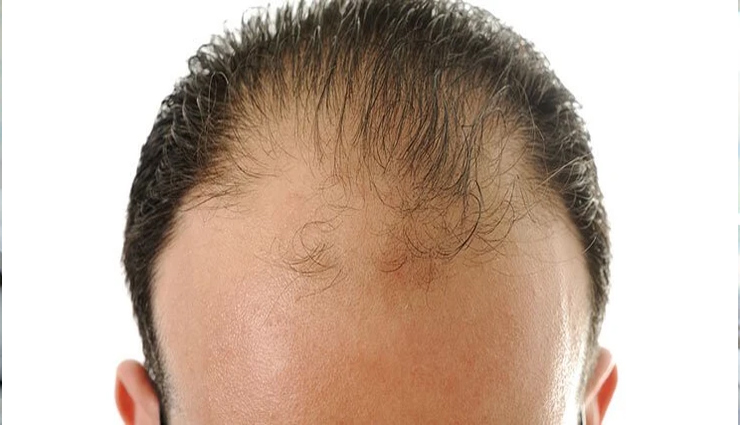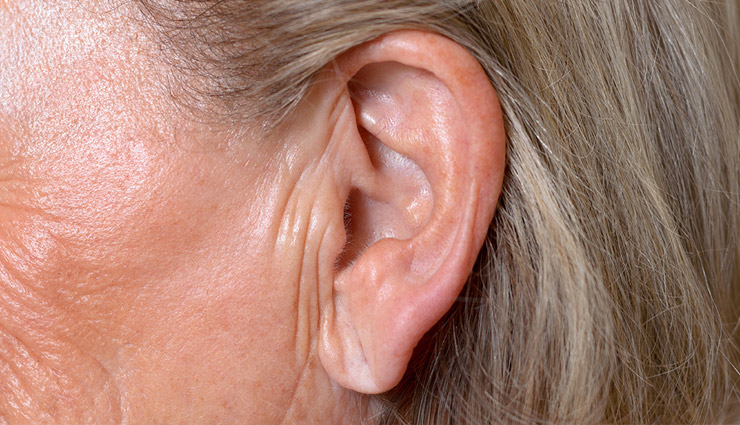- Home›
- Healthy Living›
- 5 Alarming Symptoms Of Clogged Arteries
5 Alarming Symptoms Of Clogged Arteries
By: Priyanka Maheshwari Sat, 29 Feb 2020 6:03:32

Arteries are like pipes throughout your body that carry oxygenated blood away from the heart to different tissues and organs of the body. Healthy arteries have smooth inner walls and blood moves through them easily. Clogged arteries result from the build up of plaque along the arterial walls.
Plaque can buildup in coronary, carotid, peripheral and renal arteries. It is made up of fat, cholesterol, and other substances in the blood that ultimately harden and narrow your arteries. This restricts the flow of oxygen-rich blood to organs and other parts of your body.Although the exact trigger of clogged arteries is unknown, contributing factors include increasing age, high cholesterol, high triglycerides (a type of fat, or lipid, in your blood), high blood pressure, obesity, excessive smoking, diabetes, inflammatory disease, and a family history of hardening of the arteries.

Angina (Chest Pain)
Angina, or chest pain, caused by reduced blood flow to the heart is a possible sign of clogged arteries due to plaque buildup.This type of chest pain leads to a feeling of tightness, heaviness and pressure behind the breastbone. It is usually triggered by physical or emotional stress and tends to get worse with physical activity and go away when you rest.Chest pain doesn’t always indicate clogged arteries. At times, it can be due to a muscle spasm, stomach ulcer, upper respiratory infection, bladder disease or indigestion.

Shortness of Breath
Shortness of breath can also indicate clogged arteries. Due to plaque in the arteries, the heart cannot pump enough blood to meet your body’s needs, leading to shortness of breath or extreme fatigue with exertion.In a 2005 study done at Cedars-Sinai Medical Center, researchers found that patients with shortness of breath have a higher risk of dying from cardiac disease than patients without symptoms, and even than patients with typical cardiac pain.However, shortness of breath can also be due to heavy workouts, lack of oxygen in high-altitude areas, anemia, respiratory infection or disease, chronic bronchitis, and allergies.

Erectile Dysfunction
Erectile dysfunction (ED), the most common male sexual problem that affects up to 30 million men in the United States, can also be a sign of clogged arteries and heart problems.According to a 2011 article published in the Circulation journal, ED is common sign of atherosclerosis or hardening of arteries. Atherosclerosis often affects the penis first, then the heart and brain.Apart from clogged arteries, ED can also be due to depression, low testosterone, nerve problems and some medications.

Male Pattern Baldness
Severe baldness at the crown of a man’s head may also indicate the presence of clogged arteries. Along with hair loss on the scalp, you may notice hair loss on your legs.A 2000 study published in the Archives of Internal Medicine highlighted the link between male pattern baldness and coronary heart disease (CHD), especially among men with hypertension or high cholesterol levels. Severe vertex balding (on the top, or crown, of the head) is usually associated with an increased risk of CHD.Other common causes of male pattern baldness include heredity, certain cancers, medications, thyroid conditions and anabolic steroids.

Earlobe Crease
Believe it or not, a crease in your ear may also indicate clogged arteries. Specifically, an angled crease that runs obliquely from the ear canal to the lower edge of the earlobe is linked with coronary artery disease. An ear crease can be a sign of poor circulation due to clogged arteries in the heart.A 1989 study published in the British Heart Journal pointed out the link between diagonal earlobe creases and fatal cardiovascular disease. Also, a 2012 study published in the American Journal of Cardiology found that people with an ear crease are more likely to have coronary artery disease.An ear crease may also appear due to aging or excessive smoking.





